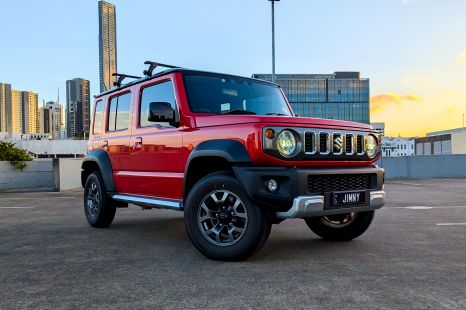

William Stopford
2026 Suzuki Jimny XL review
4 Hours Ago
The 2023 Hyundai Venue light SUV has seen some changes across the range, with spec added but – you guessed it – prices are up.
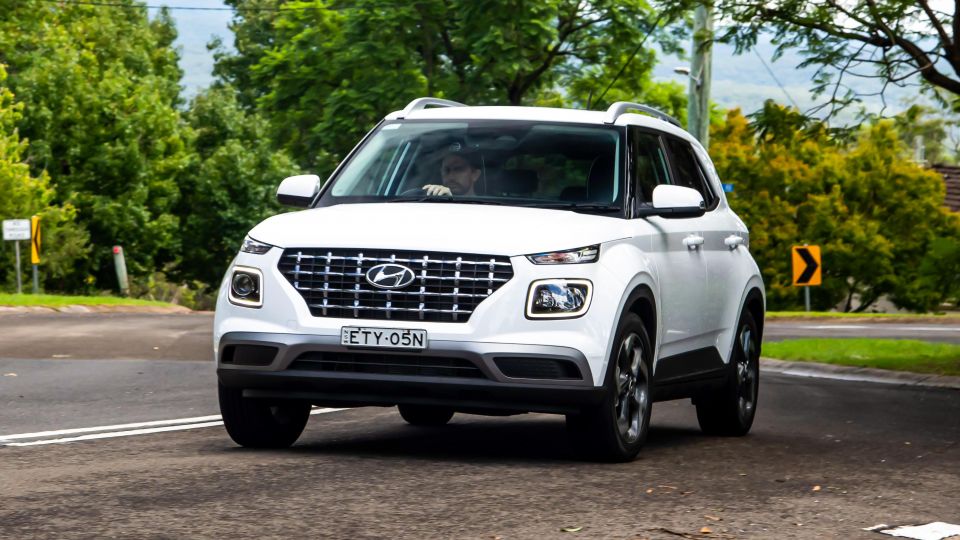


Quickly see how this car stacks up against its competition. Select any benchmark to see more details.
Where expert car reviews meet expert car buying – CarExpert gives you trusted advice, personalised service and real savings on your next new car.
The 2023 Hyundai Venue range has seen some changes and standard gear updates, and this is our first chance to see whether it can justify the price jump that has accompanied that.
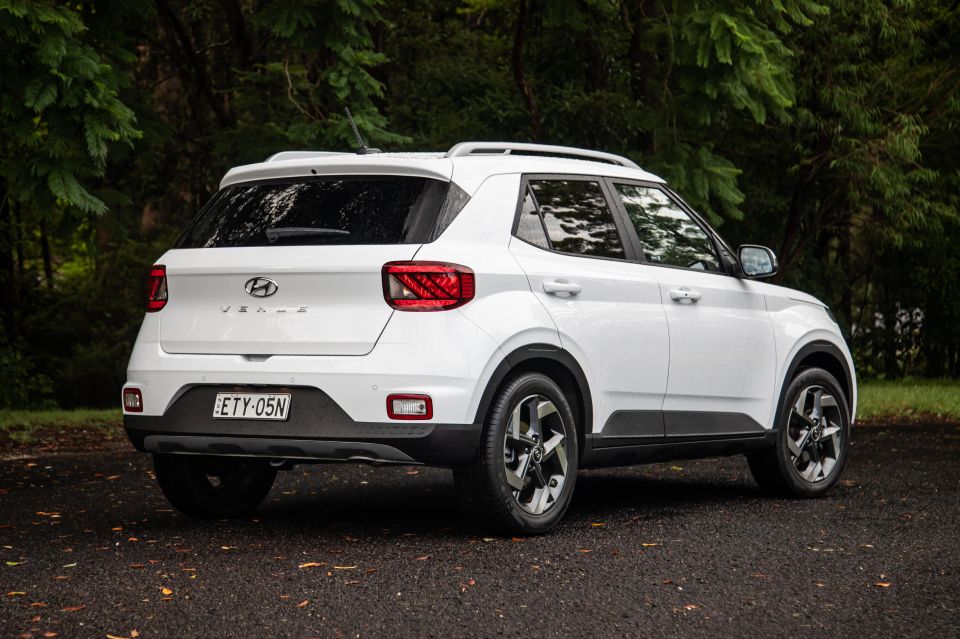
This one is the Venue Elite, which is the top-spec version. It is also the one with the best safety tech list, the most gear, and the biggest price tag.
It’s still under thirty grand before on-road costs, but with a price hike in one of the most price-sensitive segments of the market, is the Venue still a worthy consideration, in light of the cheap Chinese SUV influx?
I would say yes, it is – but I’ll explain more as we go.
As the top-spec model, it’s the most expensive Venue you can get – and it has seen the biggest price jump of all the models in the range.
It’s now priced from $28,500 before on-road costs, nearly $1000 dearer than before.
That used to be a price point where you could get all sorts of SUVs, but there are still some standout options that might also tickle your fancy, like the GWM Haval Jolion (from $28,490 drive-away), Kia Stonic (from $22,290), and Toyota Yaris Cross (from $27,840).
There’s details of all the standard equipment inclusions across the range later in this review.
2023 Hyundai Venue pricing:
Buy your new car without the stress. It's fast, simple and completely free.

Great service from Travis and team, second time I have used this business would not hesitate to recommend them to anyone
Craig C.
Purchased a Ford Ranger in Sunshine Coast, QLD
CarExpert helped Craig save $7,224 on his Ford Ranger, now let us save you on your next new car.
Get your BEST priceAt my old job, I lived with a Hyundai Venue Elite as a long-term car, and one of the highlights of that car was the intriguing interior finish.
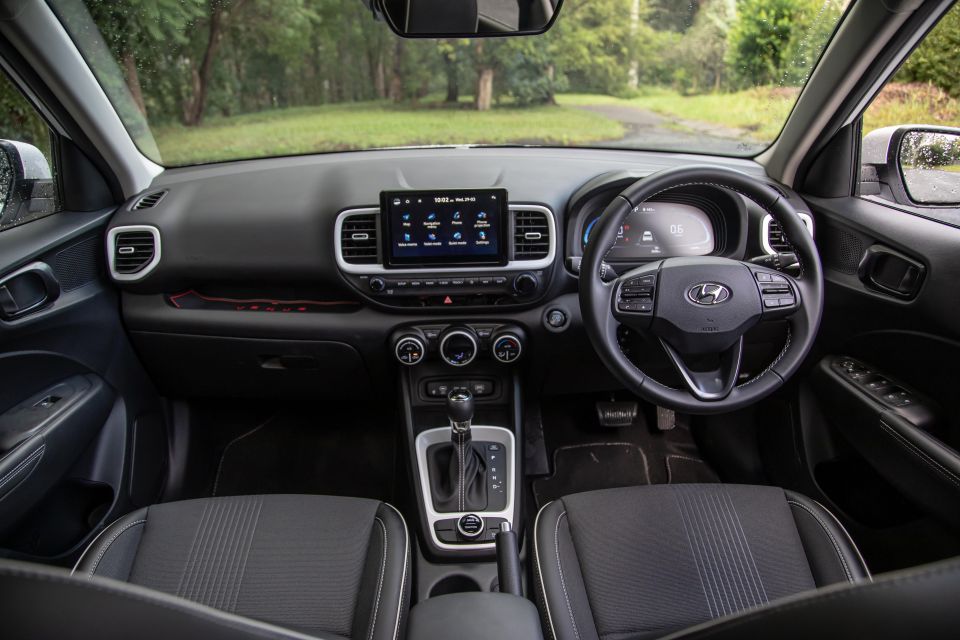
It had this blue two-tone look with denim trim – and it set it apart from everything else in the segment.
However, the updated version of the Venue isn’t as special feeling inside, because in the Elite you don’t get that neat trim finish anymore.
It’s a bit more generic – there’s been a switch to a different interior “premium material” which is basically a pretend leather finish, and it isn’t necessarily as likeable. It is likely going to be more wipeable – the denim did cop a few stains – so maybe it’s a good change.
Also worthwhile in terms of changes is the shift to a digital display for the driver. There’s a 4.2-inch “supervision cluster” which contains all your trip info and some car controls, plus a digital speedo and rev counter.
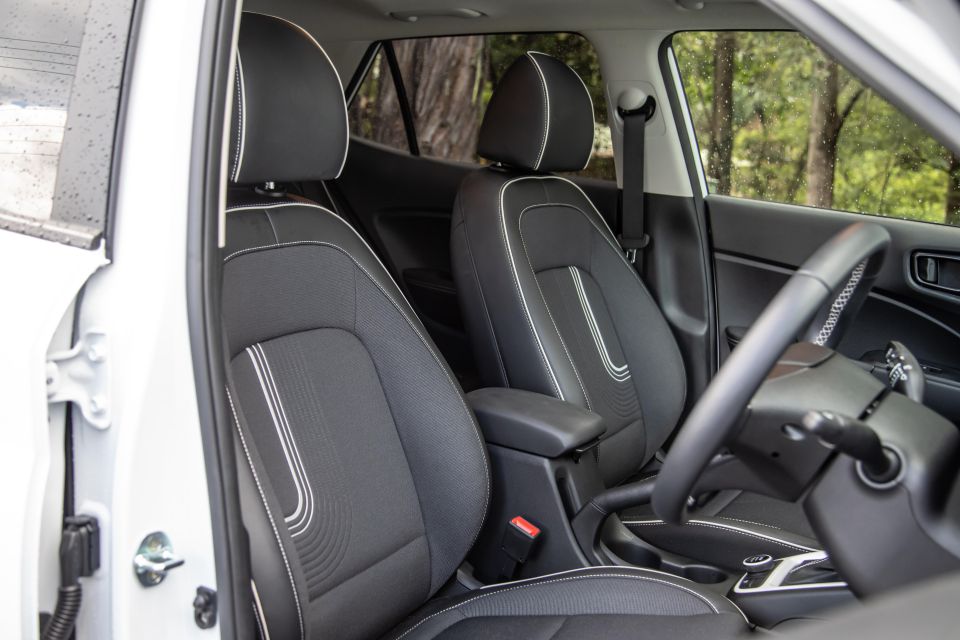
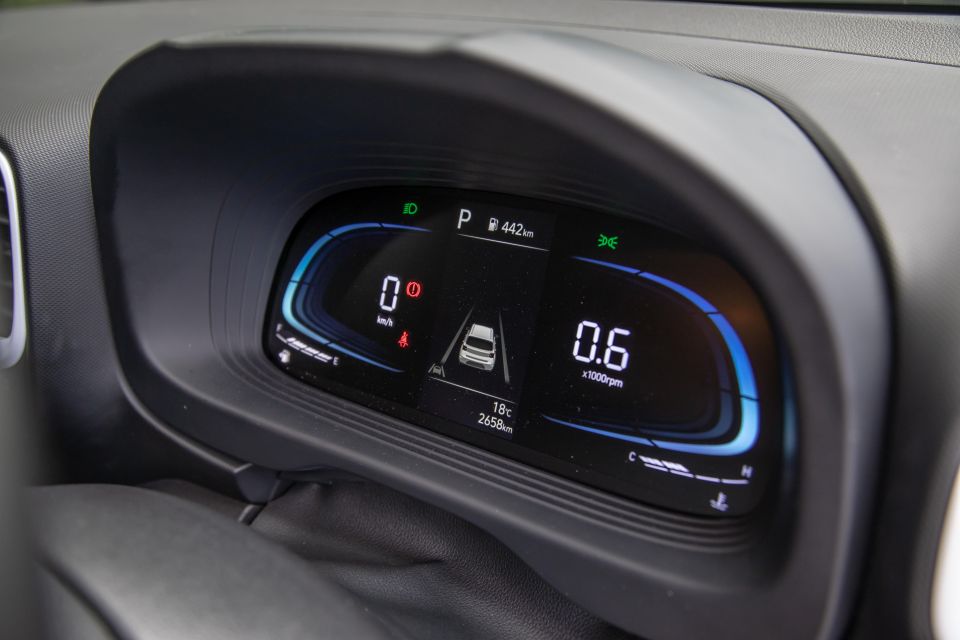
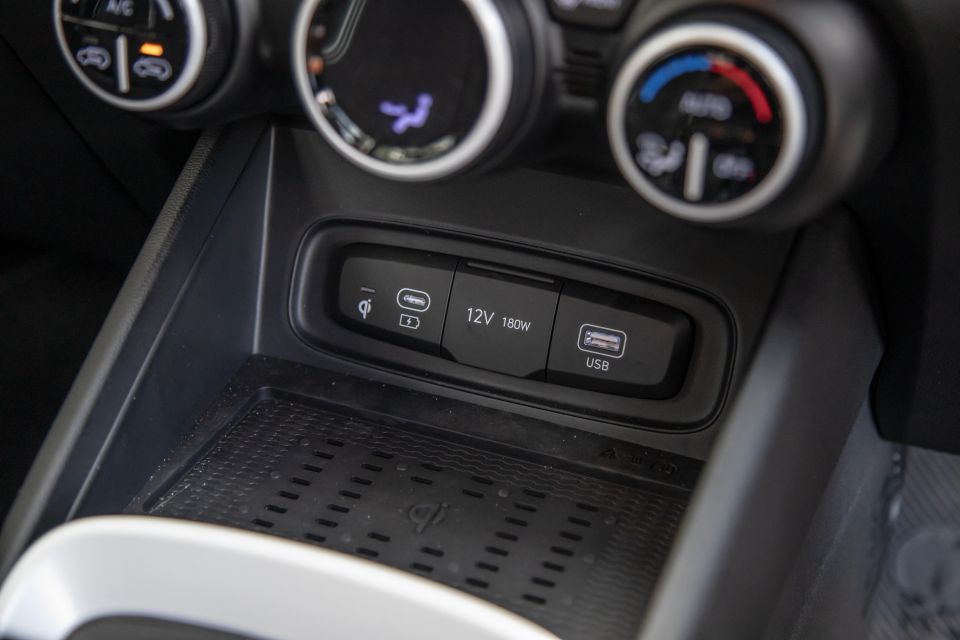

It arguably doesn’t look very cohesive – the same dash display is also used in the cheaper Staria people mover models that don’t get the “proper” colour digital dashboard – but I think for the digital age, it looks a bit better than the old dials.
There’s also a new 8.0-inch touchscreen media system, which in the Elite’s case comes with Hyundai’s Sounds Of Nature audio system included. That’s basically a menu where you can select different weird ambient noises – snowy village, forest walk, you get the idea…
It’s a bit silly, I reckon, but I’m sure your kids will think it’s fun. Oh, and on the topic of kids, the Venue Elite also has a Quiet Mode, so you can keep the volume down for the sleeping beauties in the back.
Otherwise that screen is decent, housing the expected smartphone mirroring technology – Apple CarPlay and Android Auto – but you need to use a cable to connect, as there’s no wireless connection because there’s built-in satellite navigation.
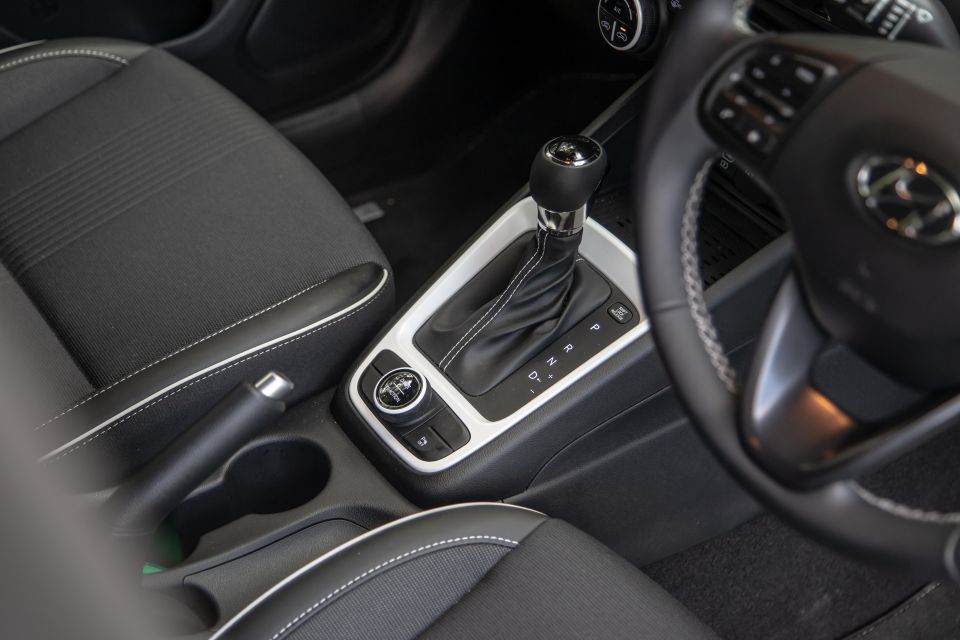
The car I drove also had a couple of new rubberised mats in the cup holders and in the shelf in front of the passenger, none of which fit very well and all of which looked like they’d been ordered from Wish or Alibaba.
On the topic of storage, there’s a pretty good array on offer. The aforementioned shelf is good to stow a phone or wallet, while the cup holders between the seats are reasonable, and there’s a covered centre armrest, too.
The door pockets are big enough to fit a bottle in each of the front doors, while in the back there are also bottle caddies.
Rear seat storage doesn’t go much beyond that – there’s a single mesh map pocket on one of the front seatbacks, and that’s it. No centre armrest, no cup holders. No directional air vents either (but it’s a small cabin), but at least in the Elite spec you get a pair of USB-C charge ports in the back.
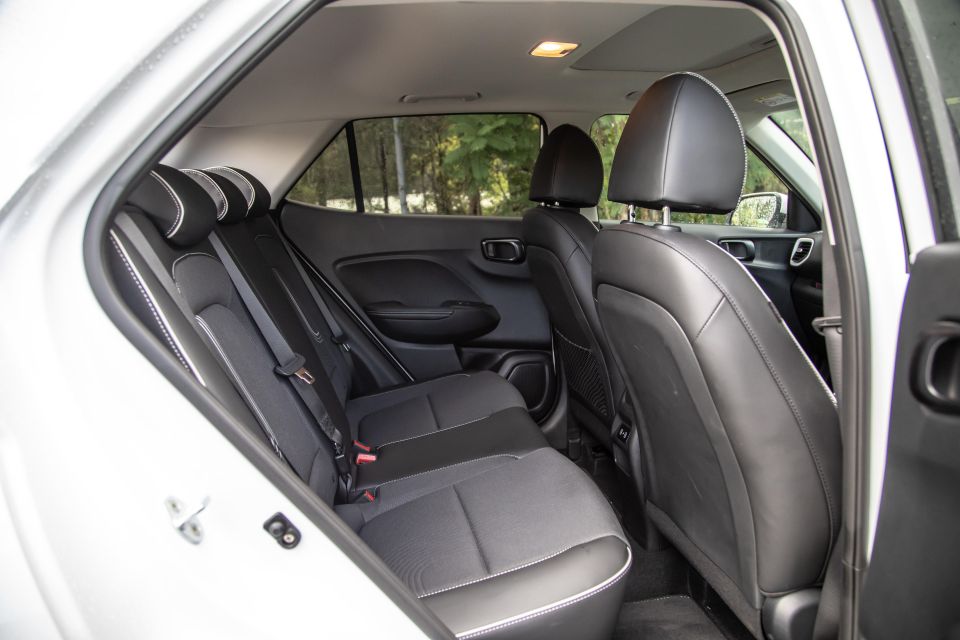
The rear seat offers a decent space for an SUV of this size – remember, it’s just over four metres long, so it’s tiny!
And, while I wouldn’t necessarily say it’s going to be the most comfortable backseat experience for someone my size (I’m 182cm/6’0), it’s going to be fine if you have smaller backseat occupants, or for bigger adults if the drive isn’t a long one.
There are ISOFIX points in the outboard seats and three top-tether attachment points if you plan to fit a child-seat in.
The boot is bigger than you’d think, with a 355-litre capacity. That is with the boot floor in its lowered position, as it is significantly smaller in the raised location.
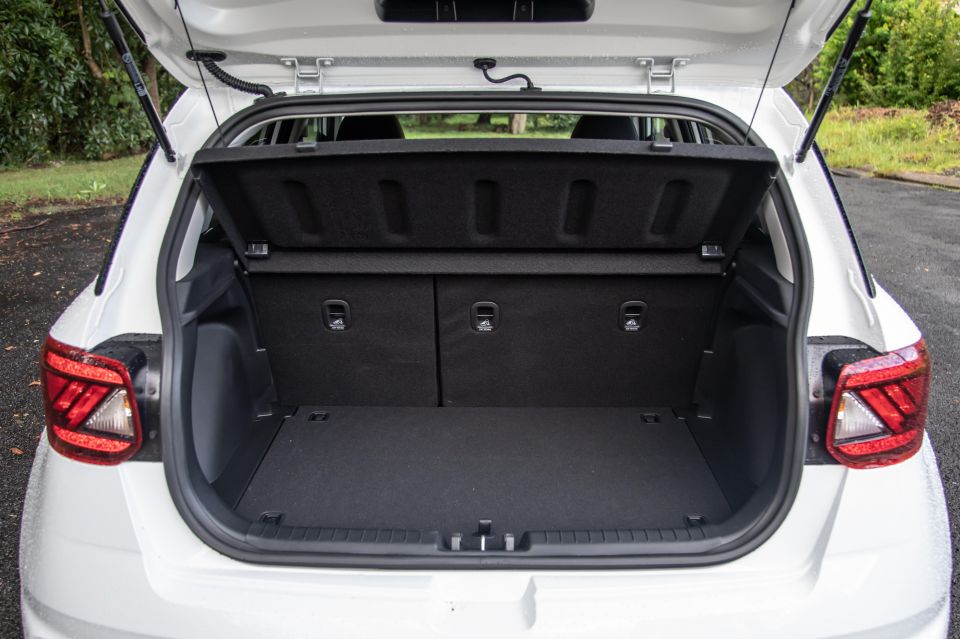
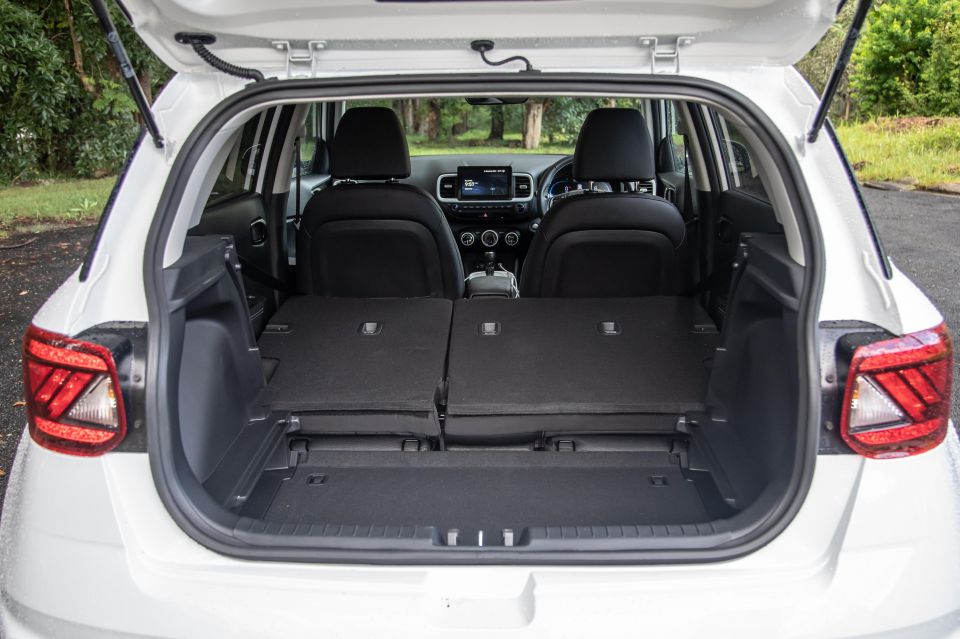
With the maximum capacity layout in place, you’ll fit a pram and some bags. If you have kids, or a week’s worth of luggage for a couple.
Bonus – there’s a space-saver spare wheel under the boot floor.
The Venue gets a non-turbocharged petrol engine unlike some rivals. It’s a 1.6-litre four-cylinder motor producing 90kW of power (6300rpm) and 151Nm (4850rpm). So, as you can see, this engine works hard, and revs harder.
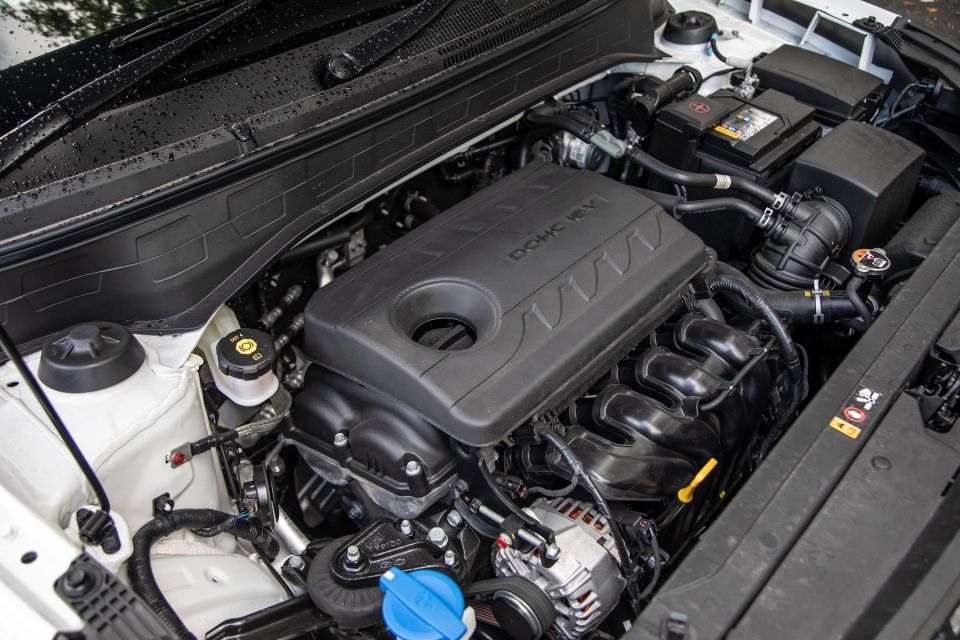
It is front-wheel drive, and there’s a six-speed automatic transmission – it’s the standard on the Elite and Active grades, but there is a six-speed manual available in the base model.
While many rivals have either standard turbocharged engines – including the GWM Haval Jolion, Chery Omoda 5, Nissan Juke, Ford Puma, Renault Captur, VW T-Cross, Skoda Kamiq – or at least the option of one (Kia Stonic), the Venue remains a forced-induction-free-zone.
I’ll explain why that’s a problem in the next section.
The engine is better suited to lower speed, stop-start urban grind duties; as when you hit the freeway it can get a bit raucous.
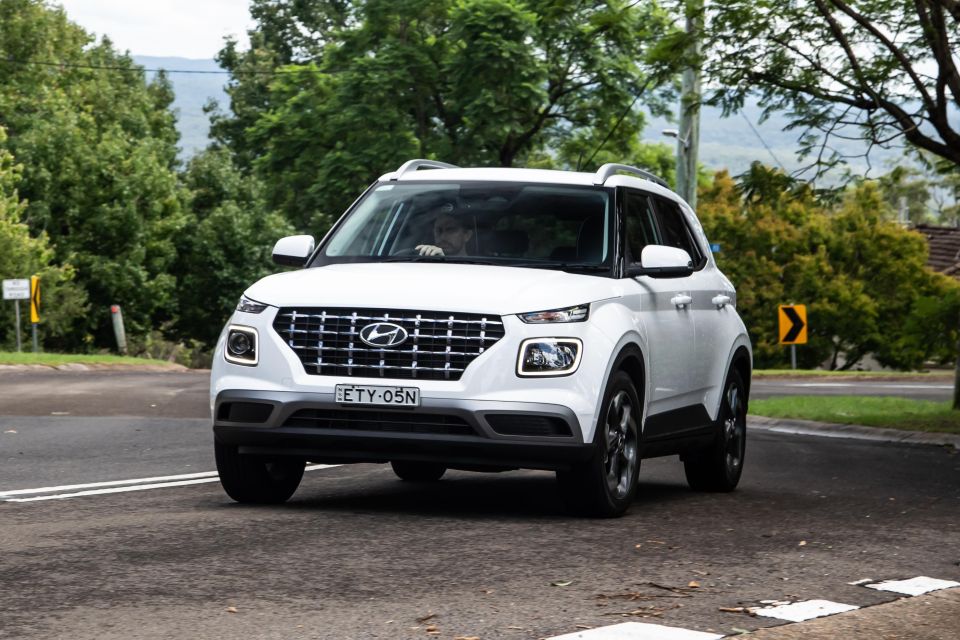
It sounds harsh, and the gearbox will continually shift back one or two gears at the glimpse of an incline, in order to try and use what little torque is available.
It can feel like the car is underpowered when it does that, and while it will maintain freeway pace it doesn’t do it in a relaxed way – a turbocharged engine arguably would make this less of a concern.
The auto gearbox is pretty indecisive at higher pace, as mentioned, but it does an okay job at city speeds. It’s considerably more agreeable in stop-start driving than a Haval Jolion or Chery Omoda 5, even if it doesn’t have the turbo kick those models do.
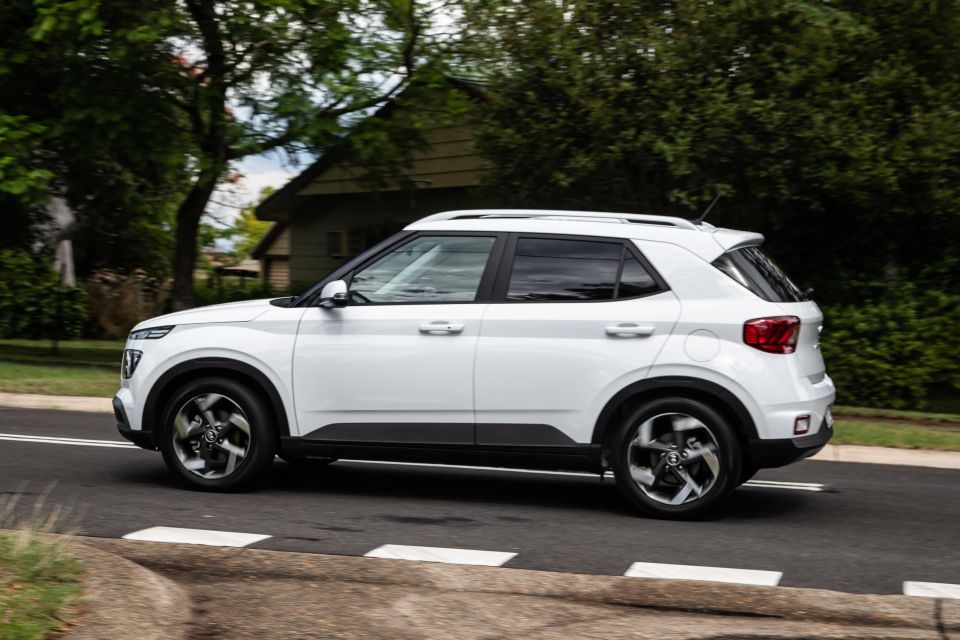
It rides a little firmly over sharp edges and surface changes, but at pace the suspension settles down a bit despite the fact you can feel a bit more of the road surface through the body than in other, cushier SUVs.
But what’s also really weird is that the electric power steering will get super heavy at lower speeds – like, when you’re doing a three- or five-point turn in a tight street, the steering weight gets heavy when you start to turn the wheel, and then it’ll lighten up.
It can be a bit disconcerting, and also might be too heavy for those who don’t have arms as muscly as your humble correspondent. It could do things better when it comes to driving, then.
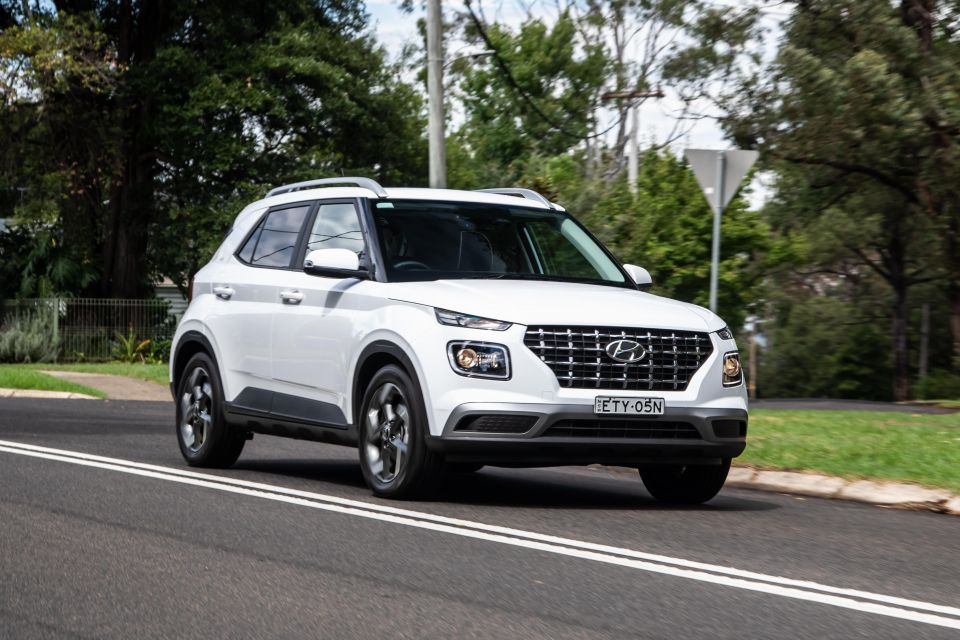
Unlike some other Hyundai products you have to do a “sequence” to disable the lane-keeping tech if you don’t want it on…
Instead of a single button on the wheel as in many other Hyundai models, you have to hold OK on the wheel, then hit a few screen commands.
But at least the drive experience isn’t completely spoiled by overbearing safety technology like so many other cheap small SUVs.
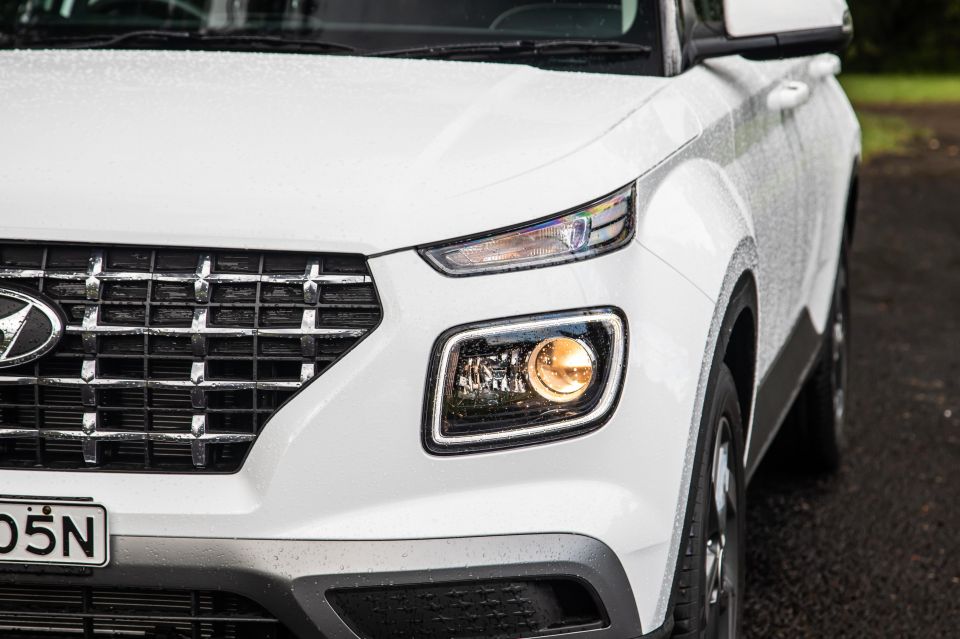

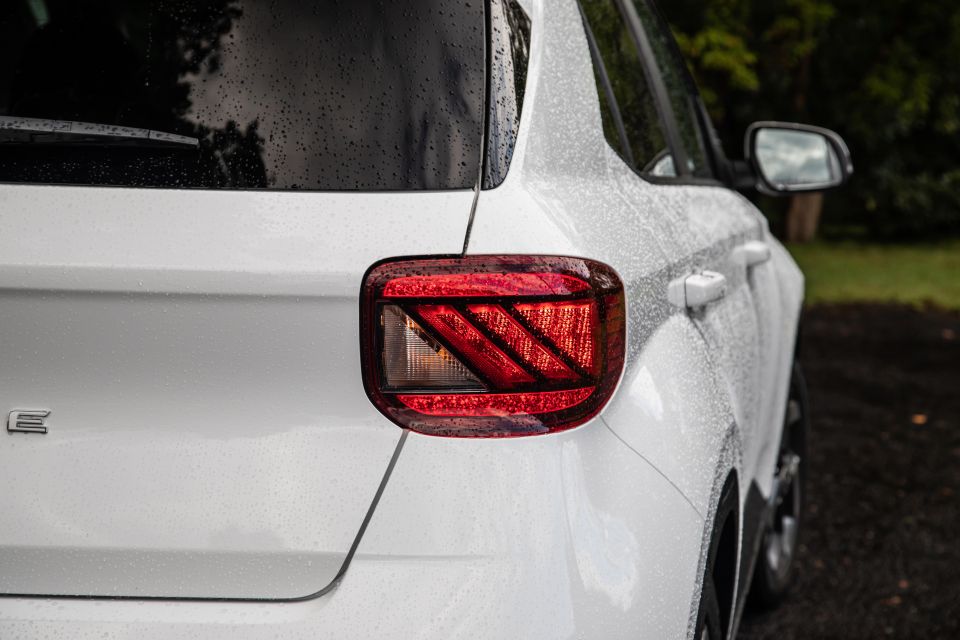

Venue (base) highlights:
Venue Active adds:
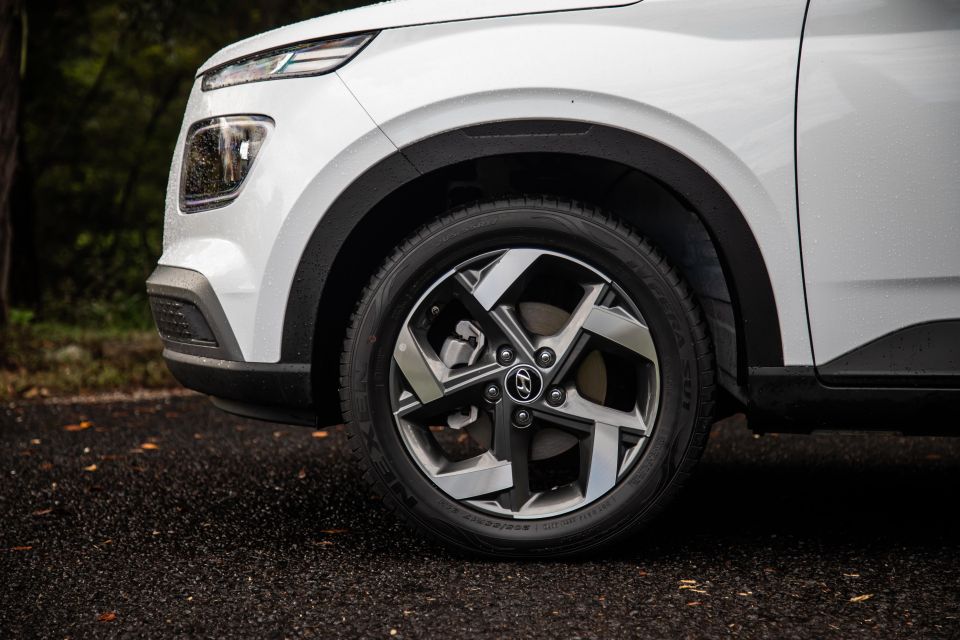

Venue Elite adds:
The Elite seems to have a few decent items in the mix, and over the Active the $2500 extra outlay seems like money well spent. Many brands ask that kind of money just for a sunroof.
Check out the standard safety gear below to see if you reckon the Venue stacks up on all-around value.
In 2019 the Hyundai Venue was awarded a four-star ANCAP safety rating.
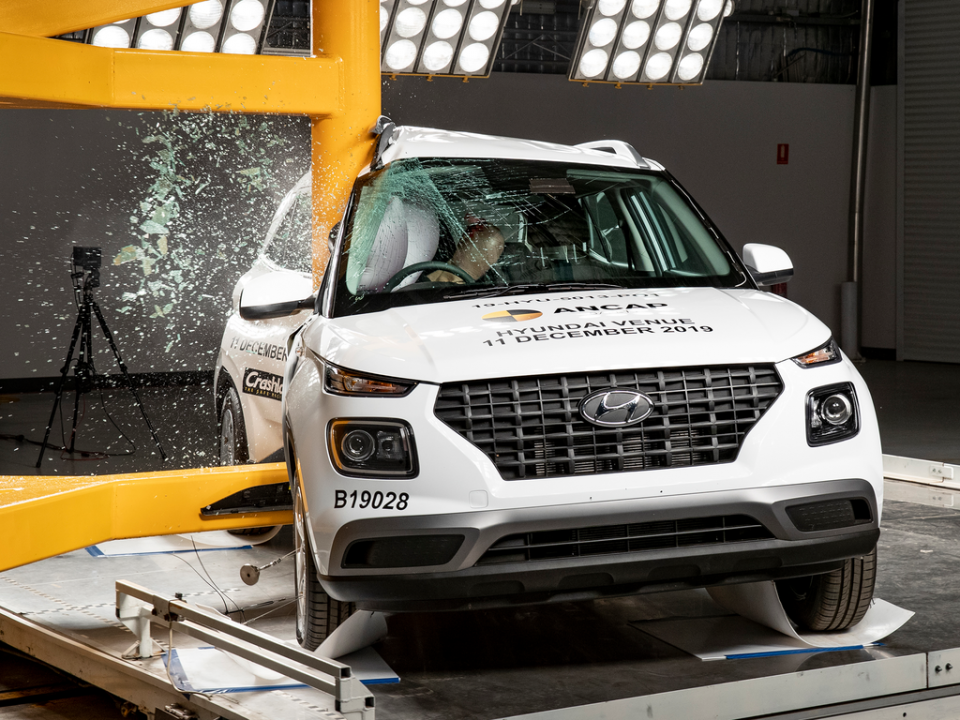
Where expert car reviews meet expert car buying – CarExpert gives you trusted advice, personalised service and real savings on your next new car.
Its crash protection for occupants scored pretty well, with adult occupant protection (91 per cent) and child occupant protection (81 per cent) seeing considerably better results than the tech/intervention gear on offer. It managed a score of 62 per cent for both vulnerable road user protection and safety assist.
Standard safety equipment includes:
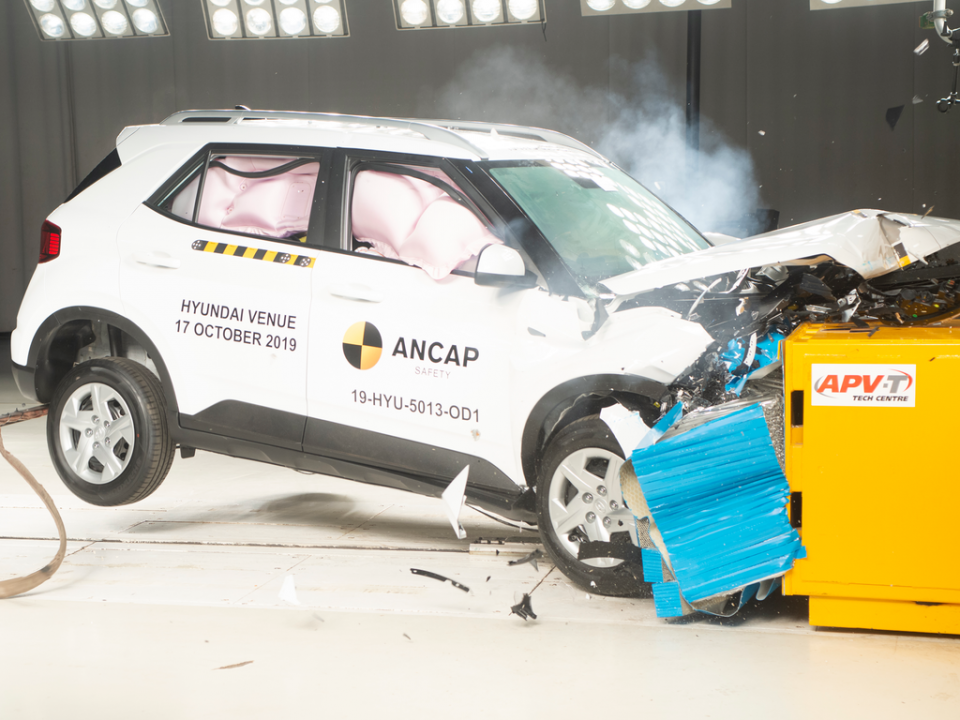
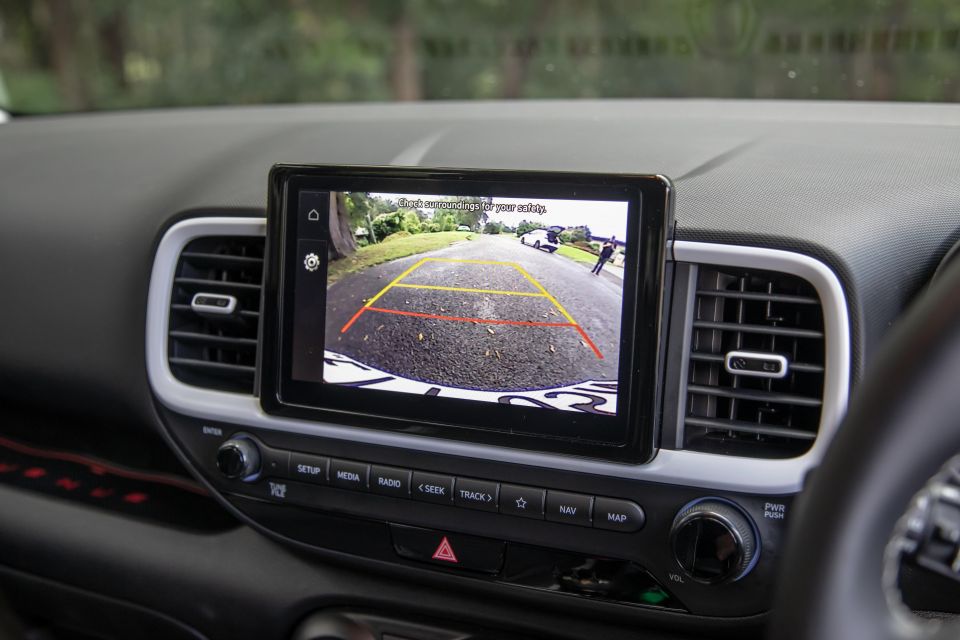
Venue Active adds:
Venue Elite adds:
So, it is safe to say that the Elite grade is the safest choice in terms of tech and protection of other road users.
It’s a shame Hyundai continues to make the most expensive models get the most considerate technology. I reckon buyers of base model or Active versions would appreciate that gear, too, even if the price was a bit higher.
Hyundai offers a five-year, unlimited-kilometre warranty, which is the industry standard these days.
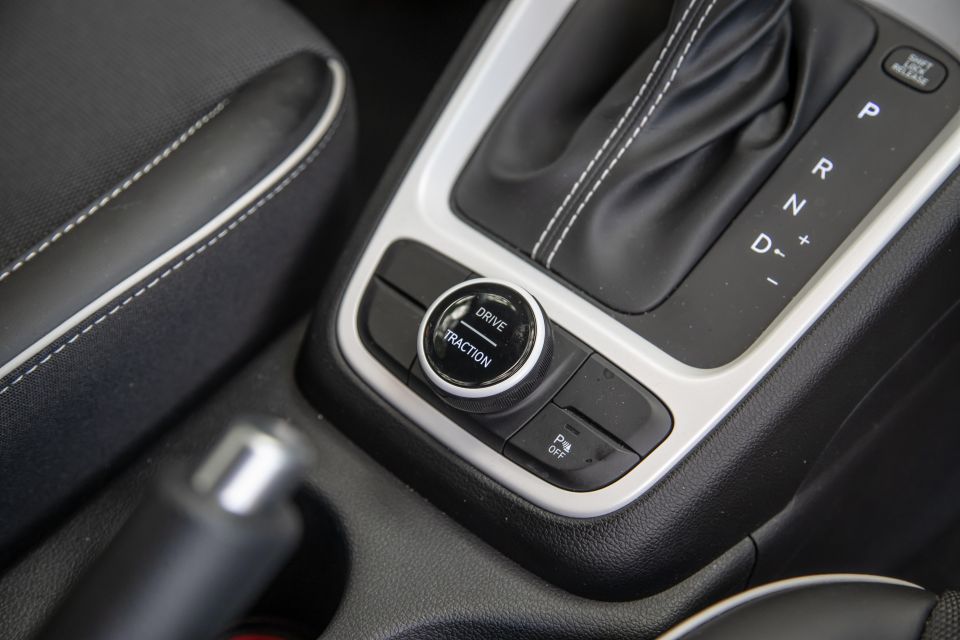
But the brand goes well beyond the call of duty when it comes to servicing, with a lifetime capped-price servicing plan meaning you can budget out to the 180,000km service, if you really want to.
The servicing intervals are 12 months/15,000km, and you can either pay as you go, or prepay upfront for three years/45,000km ($857), four years/60,000km ($1316) or five years/75,000km ($1575). There’s roadside assistance that’s topped up every time you service with Hyundai on time, too.
As for fuel costs, the official combined cycle fuel use figure is 7.2 litres per 100 kilometres, which is high for a little tiny SUV, but that’s down to the old-school engine. It’s not the most efficient thing in the real world, either – across a mix of driving I saw a return of 8.0L/100km.
It has a 45-litre fuel tank, and can run on 91 RON regular unleaded petrol.
Buy your new car without the stress. It's fast, simple and completely free.

Great service from Travis and team, second time I have used this business would not hesitate to recommend them to anyone
Craig C.
Purchased a Ford Ranger in Sunshine Coast, QLD
CarExpert helped Craig save $7,224 on his Ford Ranger, now let us save you on your next new car.
Get your BEST priceThe Hyundai Venue is affordable motoring for those who don’t want or need all the best tech and bells and whistles.
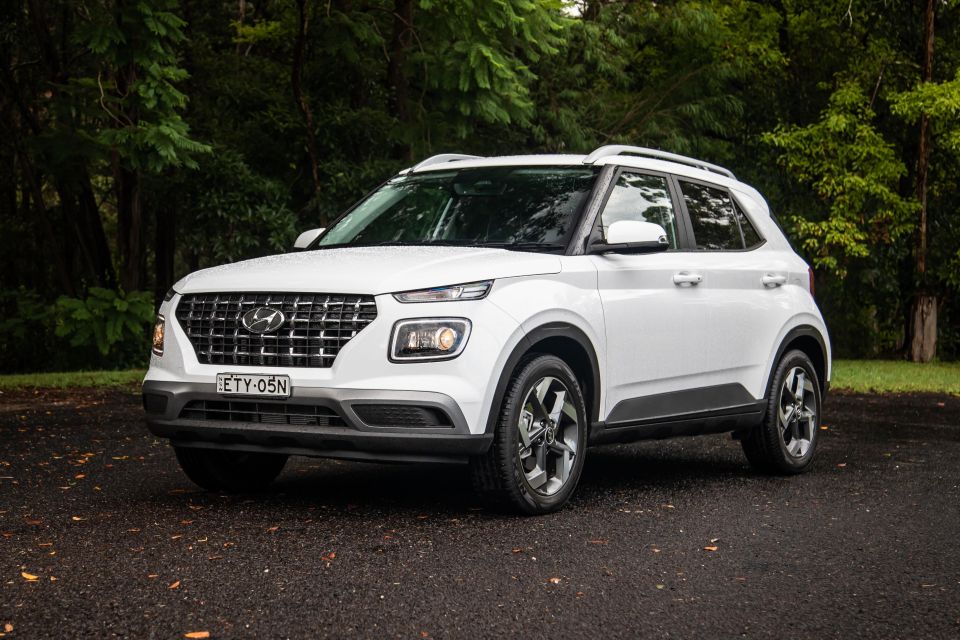
I’d have it over some of those other cheap compact SUVs because of that, though I’d be looking long and hard at a Puma or T-Cross and hunting behind the couch cushions to make one of those appear in my driveway instead.
I’d love to know what you think, though – please have a crack in the comments!
Click the images for the full gallery
MORE: Everything Hyundai Venue
Where expert car reviews meet expert car buying – CarExpert gives you trusted advice, personalised service and real savings on your next new car.
Matt has more than a decade of experience in automotive journalism, and loves exploring the pros and cons of new cars, delving into deep-dive industry stories, and going for a drive just for the fun of it.


William Stopford
4 Hours Ago
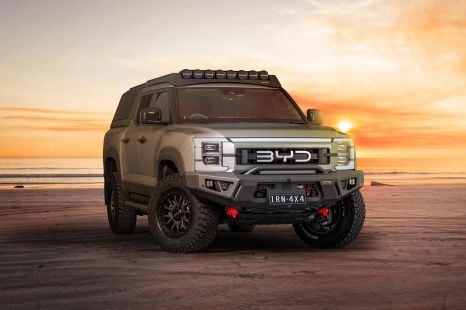

William Stopford
12 Hours Ago


Ben Zachariah
15 Hours Ago
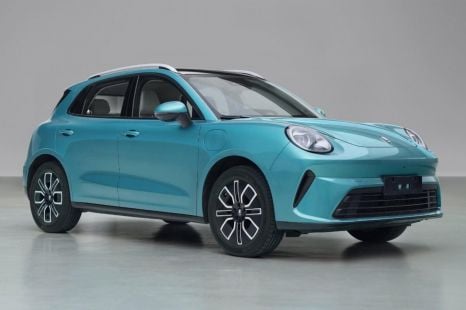

William Stopford
15 Hours Ago
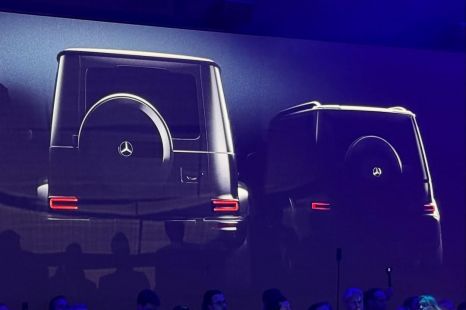

Ben Zachariah
17 Hours Ago
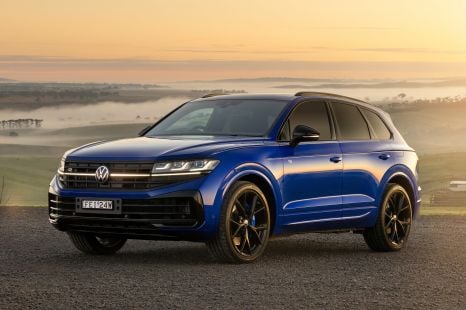

Damion Smy
17 Hours Ago